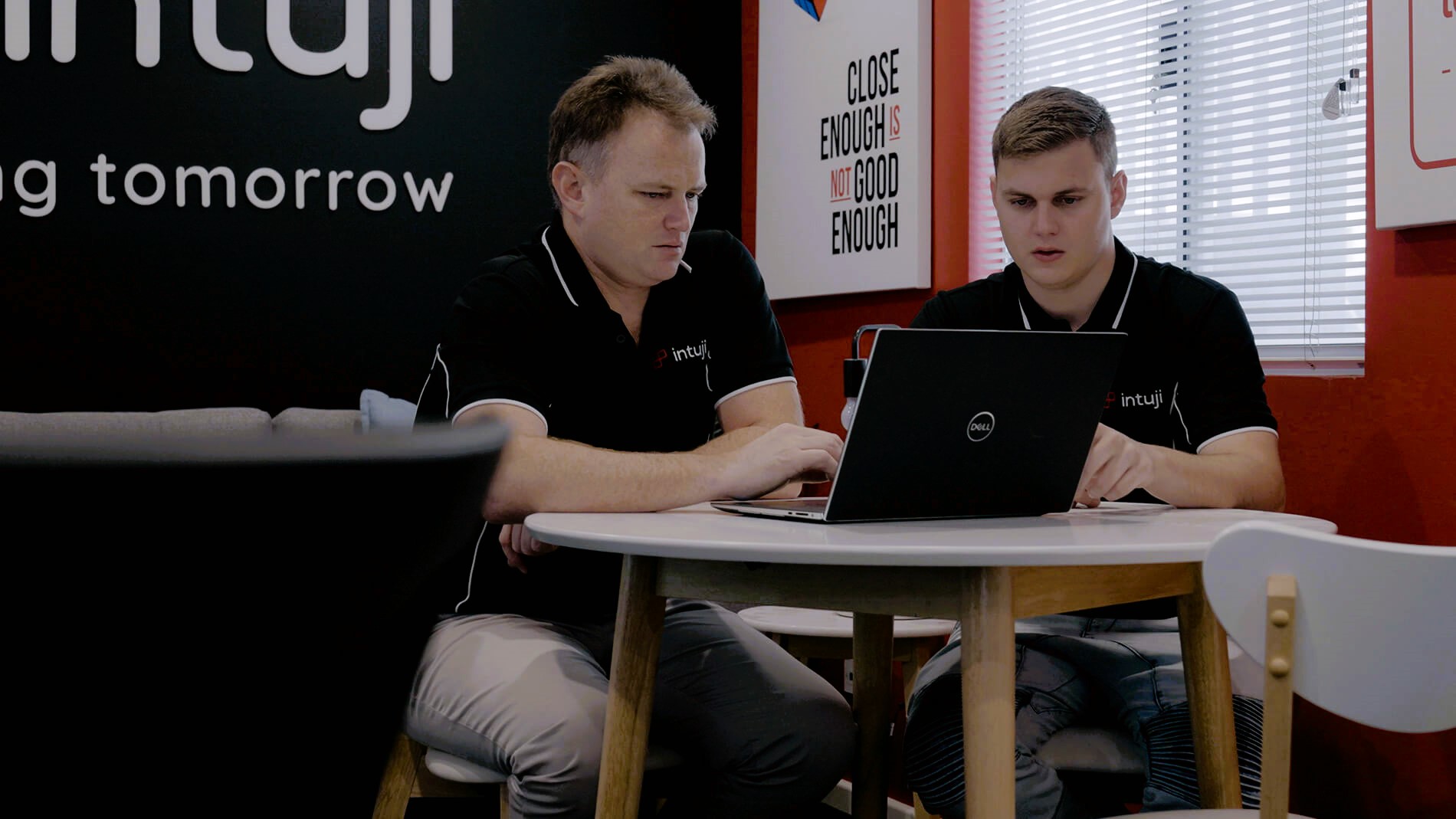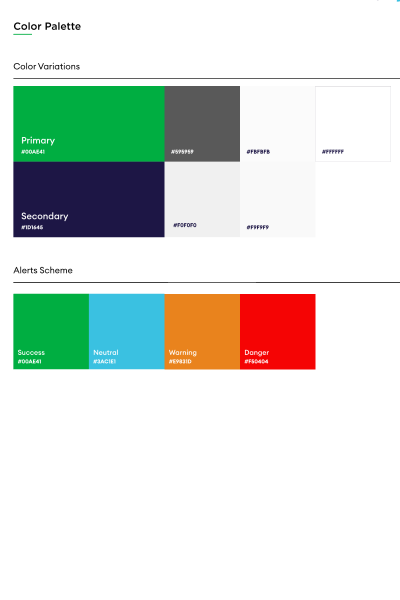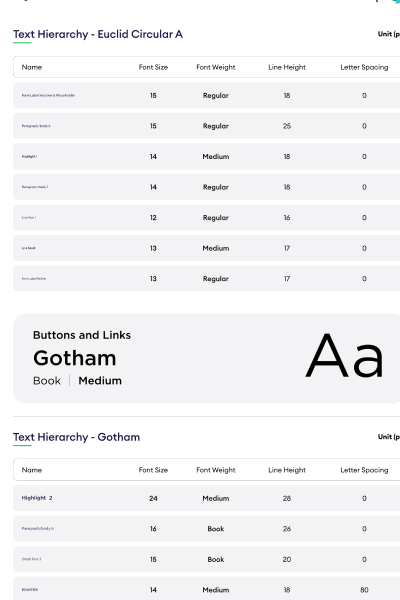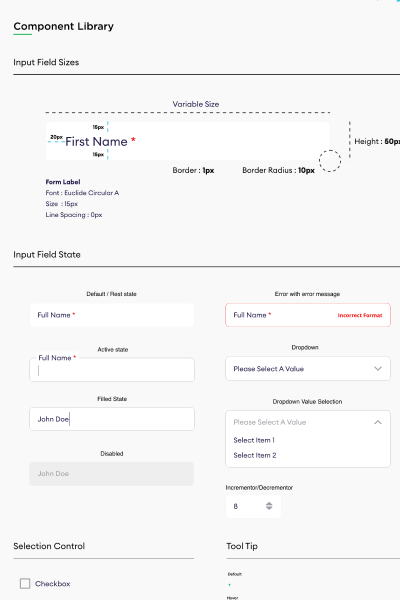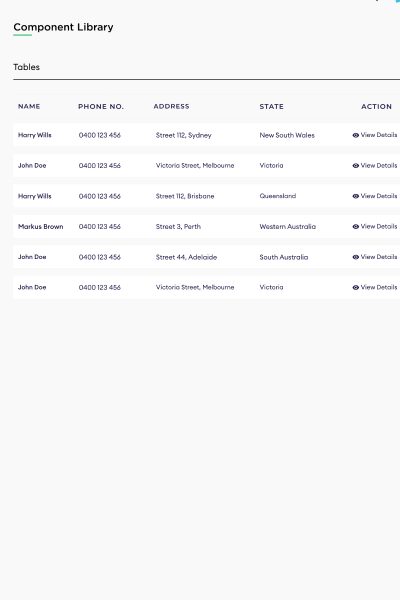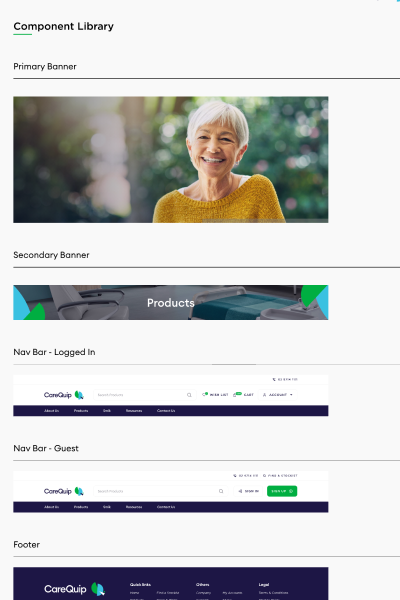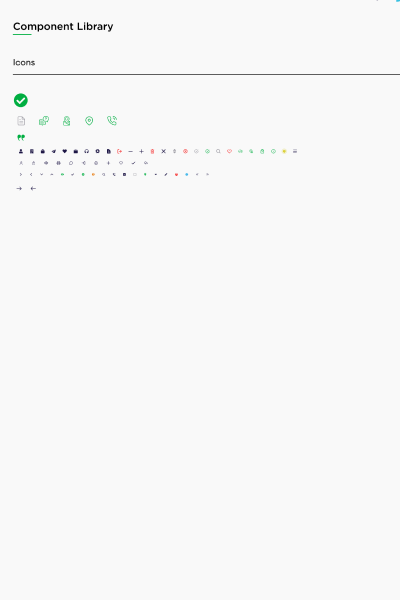
The 4DCX Framework® is a proven process deep-rooted in agile and iterative methodologies to provide a structured yet flexible approach designed for building digital experiences and products, applicable across various industries.
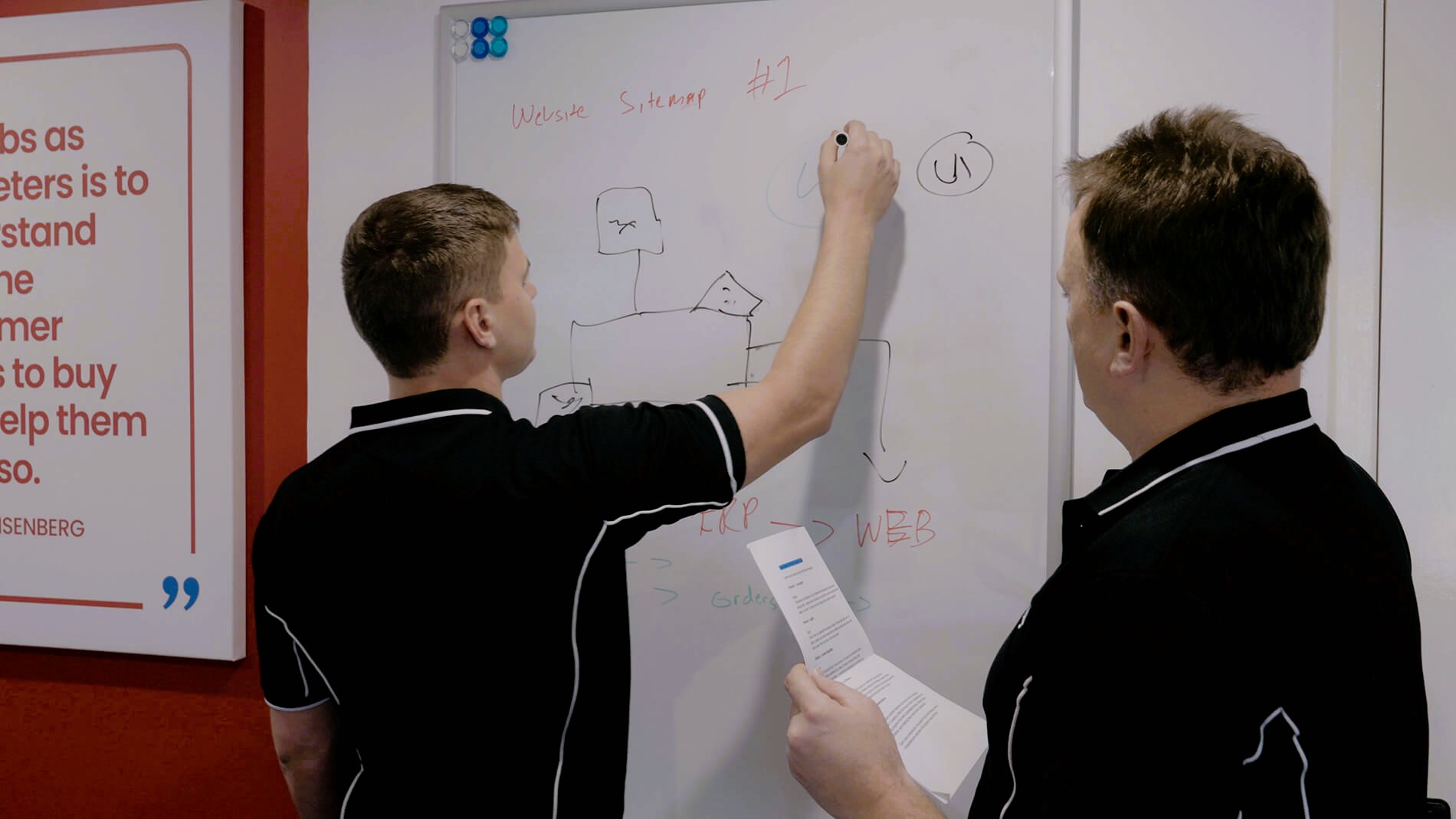
Phase 1
Discover
Lay the foundation. In this critical phase, we delve into understanding your vision and conducting thorough research on user needs and the competitive landscape. The result? A strategic roadmap fine-tuned to your brand goals.
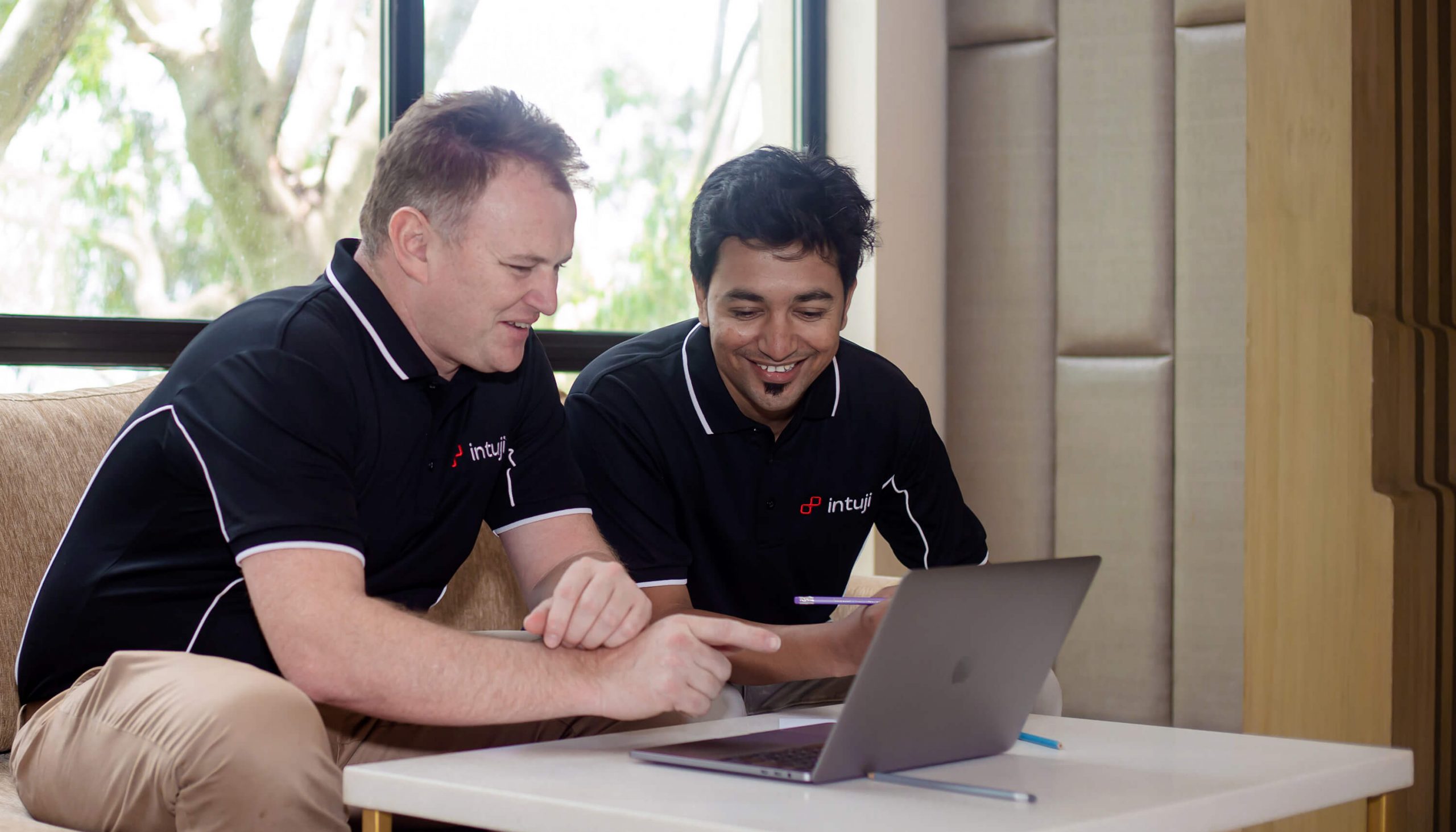
Step 1
Requirement Gathering
In this crucial initial step, the team deeply explores the client’s goals and vision, outlines a strategic roadmap, conducts user research, and analyses competitors to understand the project’s scope and context.
Client Vision Workshop
Deeply explore the client’s goals and aspirations, establishing a foundation for a collaborative partnership and ensuring project alignment with the client’s vision.

Strategic Roadmapping
Create an initial plan to transform the client’s vision into a compelling customer experience, outlining key strategies and milestones.

User Research
Investigate target users’ needs, behaviours, and pain points to inform a user-centric approach to the project’s development.

Competitive Analysis
Study industry competitors to identify gaps and opportunities, enabling the project to strategically position itself within the market.

Step 2
Solution Research
The team evaluates the existing technology landscape, explores potential new technologies, engages in collaborative workshops with the client, and drafts an initial solution proposal to align the project with the client’s vision.
Existing Tech Analysis
Analyse the client’s current tech infrastructure to identify integration opportunities and potential replacements, optimising efficiency and functionality.

Potential Tech Review
Research emerging technologies and solutions to incorporate into the project, ensuring alignment with the client’s vision and leveraging innovative tools for enhanced functionality.

Follow-Up Workshops
These sessions facilitate ongoing collaboration with the client, fostering brainstorming and discussions to refine potential solutions and incorporate evolving ideas and feedback.

Preliminary Solution Drafting
Create an initial proposal for the project’s direction by blending research findings. It combines existing and new technologies to outline a strategic approach that aligns with the client’s goals and sets the project’s course.

Step 3
Technical Planning
This step involves finalising the technology stack, designing the system architecture, and planning how different tech components will interact and integrate within the project.
Final Tech Stack
The project team defines the precise technologies and platforms that will be employed to execute the project. It involves careful selection and configuration of software, frameworks, and tools, ensuring they align with project requirements and goals.

System Architecture Design
Outline the overall structure of the project, highlighting the main components and their interactions.

ER & Integration Planning
Represent entity relationships (ER) within the project. Plan how different tech components will interact and integrate with one another.

Step 4
Preliminary Budget & Timeline
The team estimates project costs, establishes a timeline, and prepares contingency plans for unforeseen challenges, seeking client approval before proceeding.
Cost Estimation
Offer a detailed breakdown of projected project costs to provide clarity and transparency regarding financial aspects.

Timeline Projection
Develop a projected timeline for the project based on the scope of work, setting clear milestones and deadlines to manage expectations.

Contingency Plans
Plan for unforeseen delays or challenges by identifying risks and developing strategies to address them, ensuring project adaptability.

Client Approval
Secure client agreement on project budget and timeline, ensuring mutual understanding and commitment to project parameters.

Phase 2
Design
Where functionality meets form. Drawing on user insights, we craft a design that ensures an intuitive user experience, balancing aesthetics with efficiency. Every detail is meticulously planned to align with your brand and user expectations.
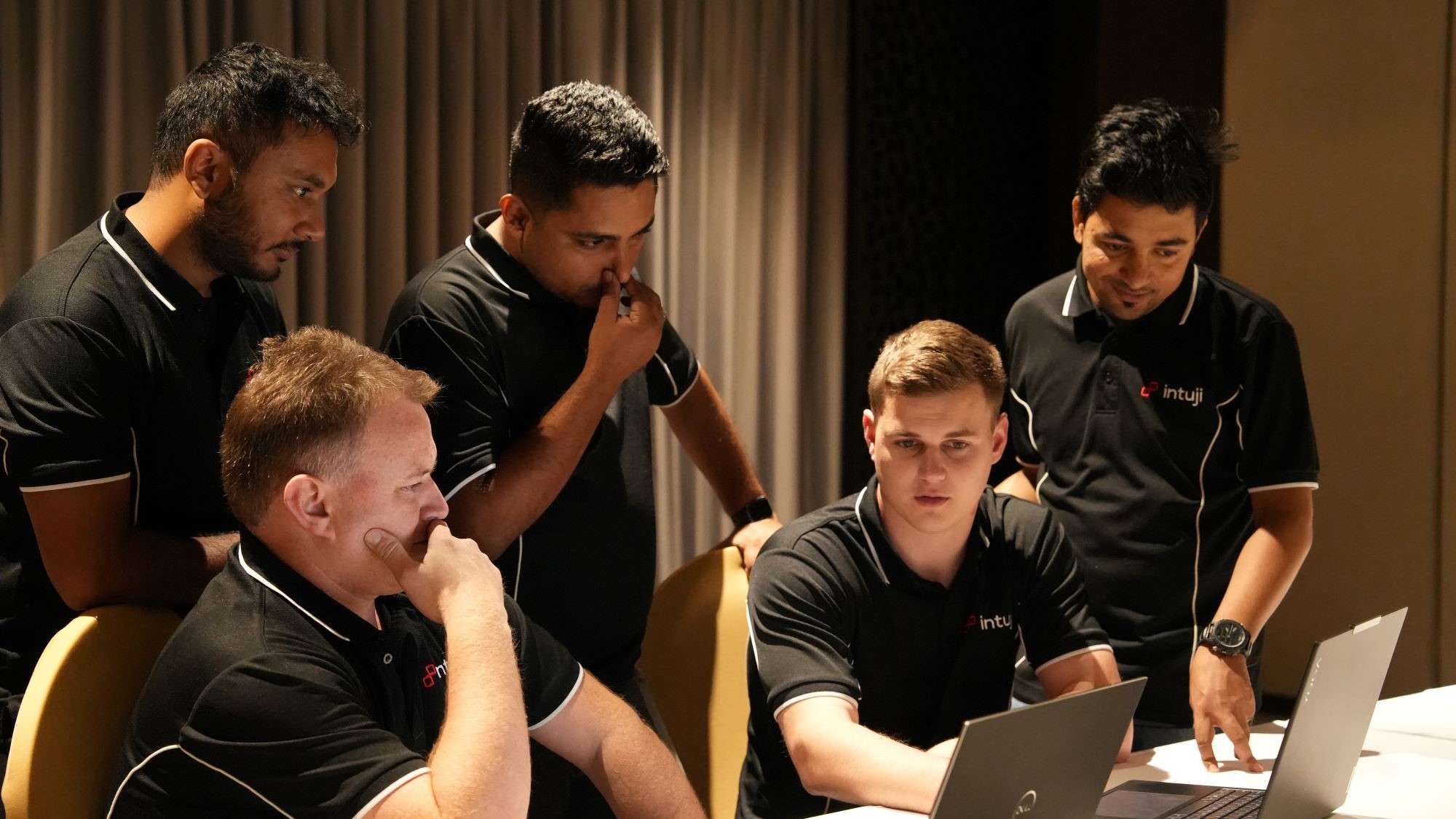
Step 1
User Experience Design
Our UX design process ensures that we are solving user’s needs efficiently, and creating an application that is easy to use and understand.
User Personas
Develop detailed user profiles (personas) to inform the design process by capturing user demographics, behaviours, needs, and goals.

User Flows
Next, we’ll build User Flows to demonstrate the steps users will take to achieve specific goals. User Flows become especially important when dealing with complex conditional workflows. It allows clients, designers, and developers to share a mutual understanding of how features will work and what feature outcomes will be.

Feature Map
To start, we create a feature map – a high-level view of the features of your application. It serves as a starting point for a closer examination of how the views will interact and is maintained and updated throughout the life of the project.

Wireframes
As a final step, we’ll create wireframes of the primary views of the application. Wireframing allows us to create the general layout of the screen without having to decide on the exact text and imagery that will be used in the final designs. It’s useful for:
- Rapid Prototyping
- Understanding Functionality
- Demonstrating the User Flow
- Ensuring a Solid Underlying Structure

Step 2
User Interface Design
Once Discovery and UX Design are complete, we move to visual design, first by iterating on and selecting a style concept, then turning the selected concept into a style guide, and as a final step, creating high fidelity mockups of each view of the application.
Mood Boards
In this creative phase, visual inspiration is carefully curated to establish the design’s tone and direction. Mood boards serve as visual collages that convey the intended aesthetic, colour schemes, and overall style of the design, providing a clear reference for the design team.

Style Concepts
Style concepts demonstrate different options for the look and feel of your application, including colours, fonts, etc. We generally create two or three style concepts for you to choose from, each with its own unique look and feel. Prior to creating the concepts, we review your competitor’s products and determine how we’ll differentiate your product from theirs. We combine these findings with your existing brand guidelines to create the style concepts.

Design System
Next, we use the selected style concept to create a style guide – a document that sets standards for colours, fonts, buttons, header styles, typography, and other elements to be used throughout the application. This ensures a unified, cohesive look across each section of the app and serves as a reference for designers and developers throughout the project.
Our design team can work within your brand’s existing style guide, consolidate your existing styles, or build a new brand for you from scratch.
High-fidelity Mockups
High-fidelity mockups serve as a visual representation of how the app will look. It incorporates the Wireframes’ structure with the Style Guide’s visuals. The mockups also incorporate visual assets like photography, illustrations, and icons. These serve as an accurate depiction of how the app will look when it launches.

Interactive Prototyping
Clickable prototypes allow our team and yours to interact with the designs and truly understand how the app will function once built. This allows us to test the application before development and discover edge cases and improvements that would have otherwise been missed. It also improves the accuracy of our estimates and can be a great tool for getting budgetary approval for the application development or pitching investors.

Step 3
Design Validation
Collaborate closely with engineers to ensure the proposed design is both feasible and achievable within technical constraints.
Technical Review Meetings
These meetings facilitate collaboration between design and engineering teams, focusing on evaluating the technical feasibility of proposed designs. The aim is to ensure alignment with technical capabilities, identify challenges early, and foster shared understanding for effective solutions. The outcome is a technically sound and feasible design.

Prototype Testing
This phase focuses on evaluating interactive prototypes to pinpoint issues and collect feedback for improvements. It plays a crucial role in refining the user experience, uncovering potential issues, and gathering insights to enhance overall usability and functionality in the final product.

Feasibility Analysis
This analysis is crucial for confirming that the proposed design aligns with existing technical frameworks and constraints. It ensures a comprehensive compatibility examination, identifying potential challenges and confirming the feasibility of implementing the design within the current technical infrastructure.

Design Adjustments
This phase involves making necessary design adjustments based on feedback from both the technical review and prototype testing. It emphasises an iterative process, ensuring that the design aligns seamlessly with technical considerations and user feedback, ultimately refining the overall quality of the design.

Step 4
Development Estimation
The technical implications of the design are assessed, development estimates are generated, potential risks are identified, and a comprehensive development proposal is presented to the client.
Technical Assessment
In this phase, a comprehensive evaluation is conducted to understand the design’s technical implications. This assessment encompasses considerations related to the choice of tools, platforms, and potential challenges that may arise during the implementation of the design.

Development Estimate
This phase involves breaking down the anticipated time and resource requirements for each feature and function of the project. It provides a detailed breakdown of the work needed to implement these elements, helping in project planning and resource allocation.

Risk Analysis
In this critical phase, potential risks in the development process are identified and assessed. Strategies are formulated to mitigate these risks, ensuring the project can navigate challenges effectively and maintain its course toward successful completion.

Development Proposal
During this phase, a comprehensive plan is presented, encompassing timelines, costs, and the required resources for the development process. This proposal serves as a detailed roadmap for the project, providing clarity on how it will be executed.

Phase 3
Develop
From planning to execution, our development phase is rooted in efficiency and clarity. Through iterative sprints, robust testing, and timely feedback loops, we bring your vision to life with technical finesse.
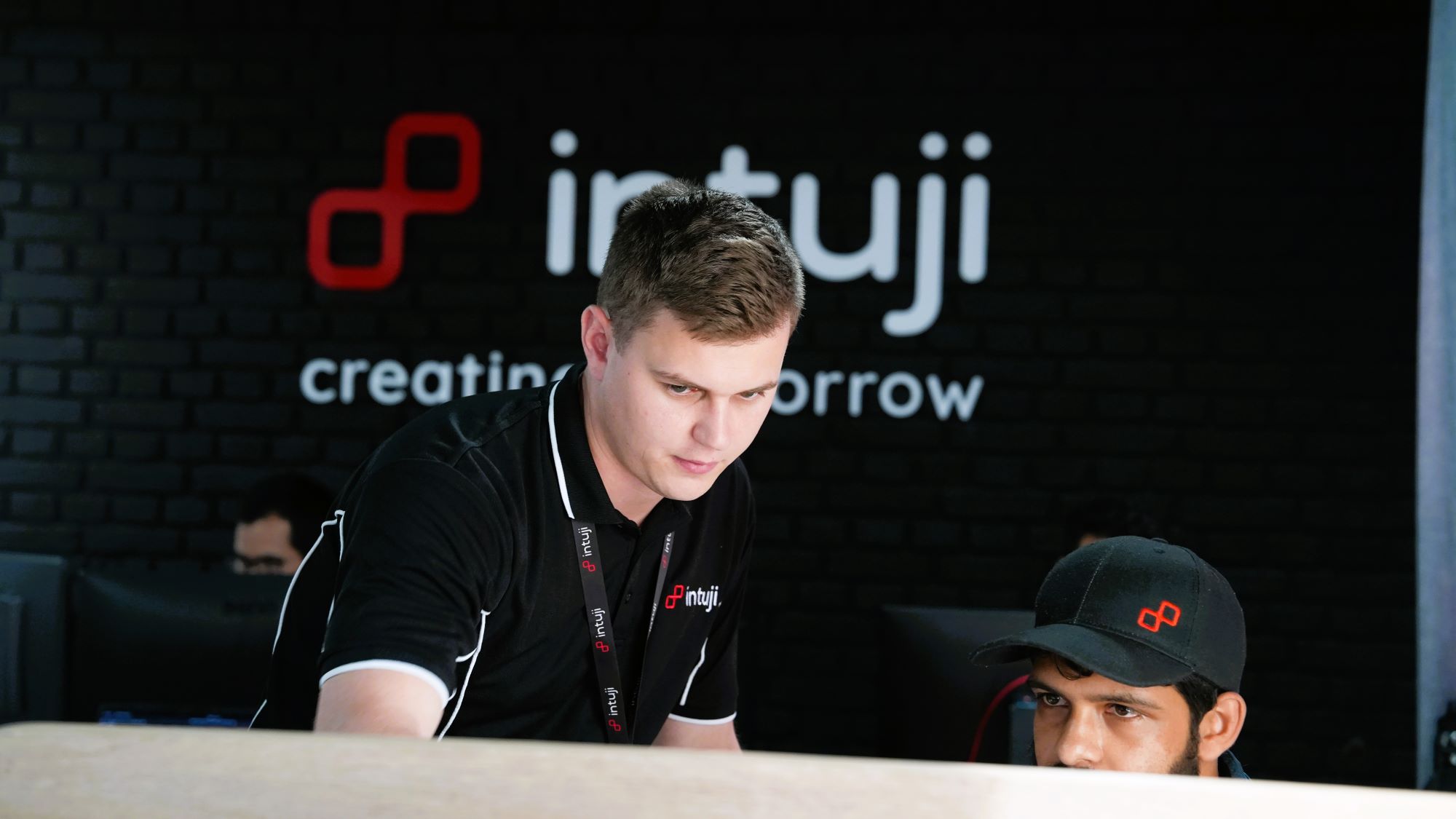
Step 1
Pre-Development Planning
The technical implications of the design are assessed, development estimates are generated, potential risks are identified, and a comprehensive development proposal is presented to the client.
Assemble The Team
In this phase, the project team is carefully formed by selecting members whose skills and expertise align with the specific needs and requirements of the project. This ensures that the team is well-equipped to deliver the project successfully.
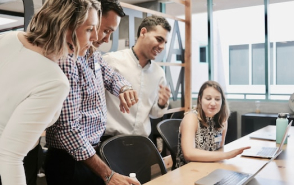
Product Owner

Software Engineers
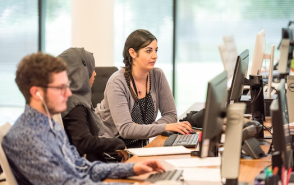
QA Engineers
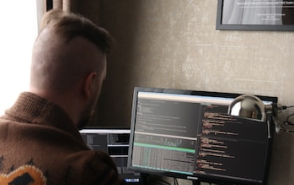
DevOps Engineers
Team Onboarding
During this phase, efforts are made to ensure that all team members have a clear understanding of their roles and responsibilities within the project. Additionally, the project goals and objectives are communicated to align the team’s efforts.

Environment Configuration
In this phase, the essential development, staging, and production environments are established. These environments provide the necessary infrastructure and settings for various stages of the project, from development and testing to the final production deployment.

Step 2
Sprint Execution
Requirements are reviewed and updated, user stories are created, and sprint planning is executed, ensuring efficient development and resource allocation.
Requirement Review
This phase involves revisiting and reassessing the project’s initial requirements to ensure they remain aligned with the current understanding and feedback. It allows for necessary updates and refinements to keep the project on track.
Requirement Update
During this phase, the project team revisits and refines the initial project requirements to ensure they remain in alignment with the current understanding and feedback. This iterative process helps adapt the project to evolving needs and insights.

New Requirement Integration
In response to new insights or client input, this phase involves introducing additional project requirements as necessary. It allows for the incorporation of fresh ideas and evolving needs into the project’s scope.

User Stories Creation
During this phase, project requirements are translated into actionable user stories. These user stories provide clear, detailed descriptions of how the software should function from the user’s perspective, guiding the development process with precision and clarity.

Sprint Planning
In this phase, the project team organises and prioritises features and tasks collaboratively. They allocate team members to specific tasks based on their expertise and establish a clear timeline for the upcoming sprint to ensure efficient development.
Feature Prioritisations
During this phase, the project team collaboratively organises and prioritises features and tasks. The goal is to ensure that the most critical functionalities are addressed appropriately, allowing for a focused and efficient development process.

Resource Allocation
In this phase, team members are strategically assigned tasks based on their strengths and expertise. This ensures that each team member is working on tasks that align with their skills, optimising productivity and effectiveness.

Timeline Estimation
During this phase, a well-defined timeline for the project is established. It aims to set clear expectations regarding project milestones and deadlines, ensuring that they are realistic and can be met.

Iterative Development & QA
In this phase, the project undergoes an iterative development process. New features and modifications are continuously developed, and each iteration is rigorously tested through both automated and manual quality assurance methods. This iterative approach ensures that the project evolves and improves incrementally.
Code Creation & Documentation
During this phase, the project team focuses on transparent and efficient coding practices. They not only create the code that powers the software but also document it comprehensively. This documentation enhances understanding and facilitates future developments, ensuring that the codebase remains accessible and maintainable.

Progressive Testing
In this phase, rigorous testing is performed on each new feature or modification as it is developed. This includes both unit testing, which evaluates individual components of the software, and integration testing, which assesses how these components work together. This ensures that new additions are thoroughly checked for functionality and compatibility.

Quality Assurance
This phase combines automated and manual testing methods to ensure the software’s quality. It encompasses testing for functionality across various devices and platforms. Additionally, User Acceptance Testing (UAT) is conducted within the sprint, allowing users to validate that the software meets their requirements and expectations.

Step 3
Retrospective & Feedback
At the end of each sprint or project phase, a retrospective is held to review and assess the team’s methods, successes, and areas for improvement. Client feedback is also gathered and integrated into the project. This phase fosters continuous improvement and refinement of project processes and outcomes.
Looking Back
At the conclusion of each sprint, the team conducts a retrospective to assess their methods, identify successes, and pinpoint areas for improvement. This reflection aids in refining and optimising project processes.

Client Feedback
Client input is highly valuable, and it is integrated into the project. Feedback from the client is actively sought and used to make adjustments to project methods and processes to better align with the client’s needs and expectations.

Continuous Improvement
This ongoing process involves refining the project approach based on insights gained from retrospectives and feedback. The aim is to enhance the efficiency and effectiveness of each sprint or phase, ultimately improving the project’s output.

Step 4
Deployment & Launch
In this phase, the project is prepared for its official launch. This involves moving the product to a staging environment for final pre-launch testing, establishing backup and rollback plans to address any issues post-launch, finalising the launch strategy, and deploying the product to the live environment.
Staging Environment
This phase involves transferring the product to a staging environment, a controlled and separate environment from the live system. It is used for final pre-launch testing to ensure that the product functions as intended without impacting the live users.

Backup & Rollback Plan
In this phase, a plan is put in place to ensure that there is a process for reverting changes in case something goes wrong after the project’s launch. This plan includes backup strategies and procedures for a smooth and controlled rollback, minimising disruptions in case of issues.

Launch Strategy
During this phase, the project team finalizes the details of the project’s launch. This includes setting the launch date and time and planning any associated marketing or promotional activities to maximise the impact and reach of the launch.

Deployment
In this critical phase, the project team moves the product from the staging environment to the live production environment, officially launching it for users to access and utilise.

Phase 4
Dominate
Ensure your project isn't just launched but leads. With regular refinements based on user insights, market analysis, and forward-thinking strategies, we help position you at the forefront of your industry.
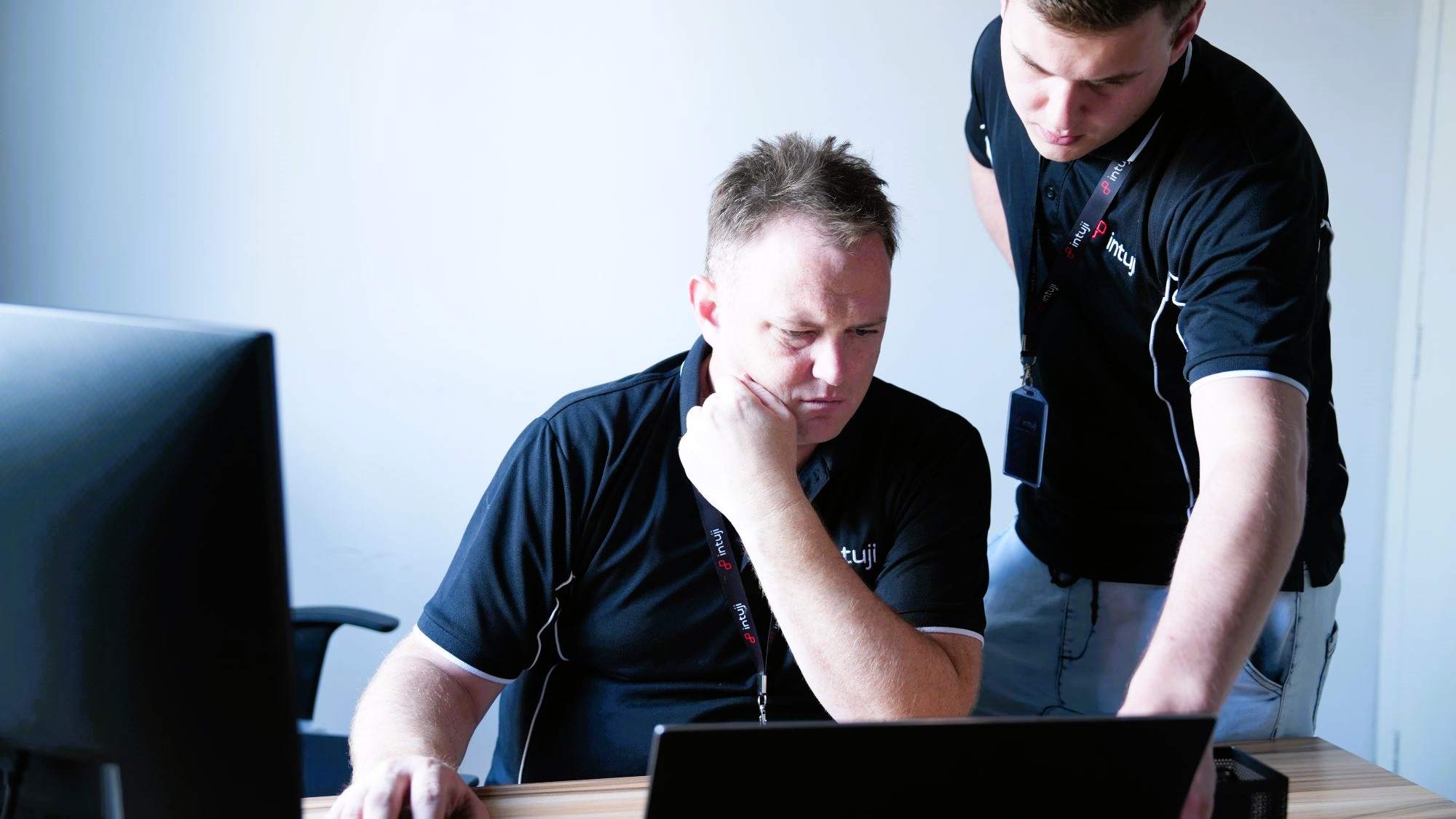
Step 1
Listen & Refine
User insights are harnessed through analytics, leading to regular product refinements and client review meetings to ensure alignment with evolving goals.
User Insights
In this phase, analytics tools are used to gather data and insights about user behaviour and interactions with the product. This data helps in understanding user preferences, identifying areas of user satisfaction, and pinpointing challenges they may encounter while using the product.

Product Refinement
During this phase, scheduled intervals are used to implement improvements and enhancements to the product based on the insights gained from user analytics. These refinements are aimed at continuously improving the user experience and addressing any identified issues or challenges.

Client Review Meetings
These periodic meetings, typically held monthly or quarterly, serve as opportunities to engage with the client. They provide a platform to discuss any changes, understand shifting goals, and align project strategies according to the evolving needs and expectations of the client.

Step 2
Stay Ahead
In this phase, the project is prepared for its official launch. This involves moving the product to a staging environment for final pre-launch testing, establishing backup and rollback plans to address any issues post-launch, finalising the launch strategy, and deploying the product to the live environment.
Market Scan
In this phase, the project team conducts bi-monthly scans of the digital landscape to stay updated on emerging technologies and features that competitors may be leveraging. This proactive approach helps the project remain competitive and informed about industry trends.

Feature Development
In this phase, new features are developed and deployed based on insights from market scans and the evolving vision of the project. This ongoing process ensures that the product remains fresh, competitive, and aligned with user needs and industry trends.

Optimisation Sprints
During these dedicated periods, the primary focus is on refining the code, updating essential software components, and ensuring the overall system’s smooth operation. These sprints are aimed at maintaining and enhancing system performance and efficiency.

Step 3
Grow Beyond
This phase involves strategic efforts to expand the product’s reach and capabilities. It includes research and planning for audience expansion, integration of partnerships or external services to enhance the product’s features, and preparing the software to handle increased user volume and data traffic.
Audience Expansion Plan
In this phase, research and strategic planning are conducted to identify opportunities for reaching new user demographics or entering new markets. The goal is to expand the product’s user base by targeting untapped audiences or markets.

Partnership Integration
During this phase, potential partners are identified, and their services or features are technically integrated into the product. This collaboration enhances the product’s capabilities and offerings, often through synergistic relationships with other organisations.

Scaling Strategy
This phase focuses on technically preparing the software or website to accommodate increased users, data, and traffic seamlessly. It involves optimising the infrastructure and architecture to ensure that the system can scale efficiently without performance issues.

Step 4
Lead, Don't Follow
This phase emphasises maintaining a proactive stance in the industry. It involves regularly auditing the product against industry best practices to ensure it remains ahead of the competition, organising innovation workshops to ideate and implement cutting-edge features or strategies, and creating a visible calendar of scheduled updates and improvements to demonstrate consistent growth to the audience.
Best Practices Audit
In this phase, the platform undergoes regular audits to ensure it adheres to industry best practices. The goal is to lead rather than follow by maintaining a high standard of excellence and compliance with prevailing industry standards and norms.

Innovation Workshops
These quarterly brainstorming sessions bring together teams to generate ideas for next-generation features or strategies. The focus is on fostering innovation and identifying ways to stay at the forefront of the industry.

Deployment Calendar
This calendar serves as a visible schedule outlining planned updates, feature releases, and improvements. It demonstrates a commitment to consistent growth and improvement to the audience, providing transparency and expectation management.

Ready to Build A Strategic Advantage That Feels Unfair?
Ready to Build A Strategic Advantage That Feels Unfair?
Build an EdgeFactor® that pays dividends.
Your digital systems should be your most valuable asset not a cost centre. Let's uncover the ROI of your digital transformation, focusing on the outcomes that drive real business value.
